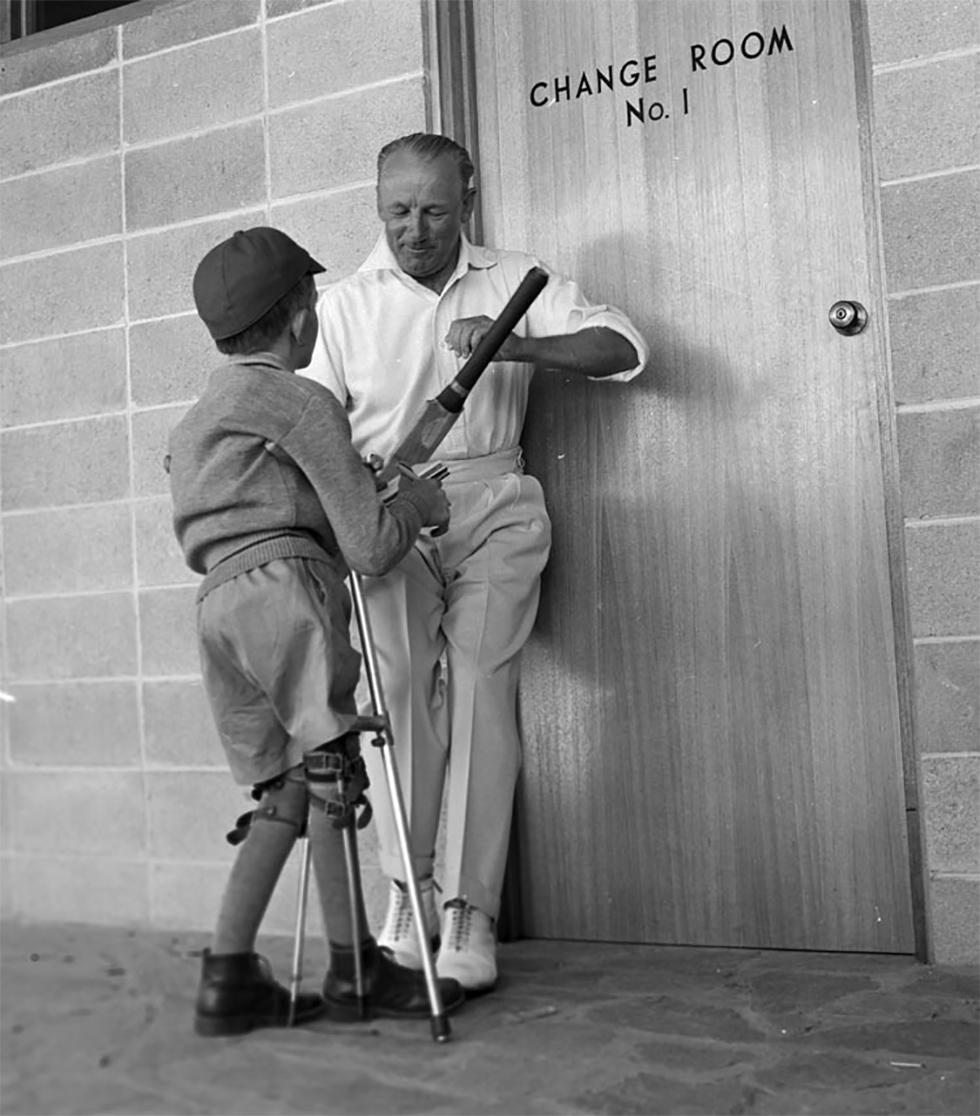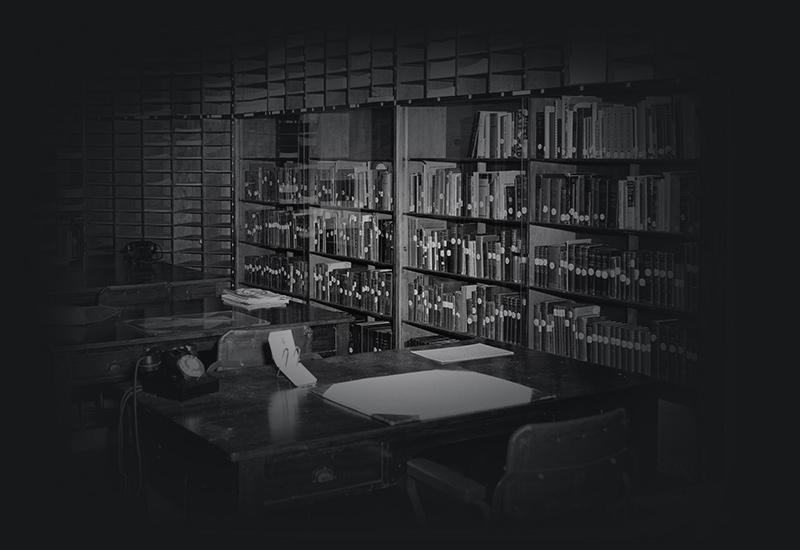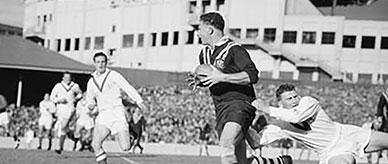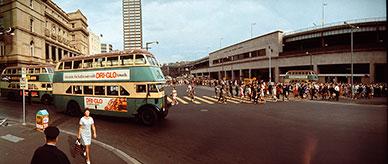


About this record
This black-and-white photograph shows Australian cricket legend Sir Donald 'the Don' Bradman autographing a cricket bat for 9-year-old Rick Scheeren at the Manuka Oval in Canberra on 6 February 1963. Scheeren, supported by crutches and calipers made from steel bars and leather straps and wearing his school uniform, is holding the cricket bat being signed by Bradman, who is dressed in white cricketing clothes. Scheeren and Bradman are outside a pavilion door marked 'Change Room No. 1'.
Educational value
- This image shows Sir Donald Bradman (1908–2001), arguably the greatest cricketer of the 20th century, at his final competitive cricket match as captain of the Prime Minister's XI against England's Marylebone Cricket Club. Bradman is still regarded as the best batsman the cricketing world has seen; however on this day, aged 54, he scored only 4 runs off the first ball he faced and was bowled out soon after.
- Bradman retired in 1948 with a batting average of 99.94 in test matches, but reluctantly agreed to come out of retirement for a final match at Manuka Oval in Canberra on 6 February 1963 at the request of the prime minister, Sir Robert Menzies (1894–1978). Menzies was an avid cricket fan who had initiated the prime minister's matches against visiting test teams in 1951. On this occasion the English team won the match.
- Rick Scheeren, seen here with Bradman, was a Year 5 student at Canberra Grammar School when he climbed a fence during the lunch interval in the match. Rick knocked on the door of the change room to ask for Bradman's autograph on his brother's cricket bat. Scheeren later recalled it had been a 'huge surprise' when Bradman opened the door.
- Bradman signed the bat for Rick, as did the English captain, ER 'Ted' Dexter (1935–), Ritchie Benaud, other players from both teams and the prime minister. A few years later the bat went missing, believed stolen, when the Scheeren family was moving from Canberra to Canada. The bat had been set aside for loading onto a removal van, but was not found in the family's belongings on arrival in Canada.
- Rick Scheeren had suffered from poliomyelitis, a disease caused by a virus spread by person-to-person contact and that attacks the central nervous system – it is also known as infantile paralysis because, in 50 per cent of cases, the disease strikes children under the age of 5. Calipers were designed to correct deformations by supporting the limb. Polio has been eliminated from most of the world through vaccination, education and improved hygiene, but some countries remain polio-endemic.
Acknowledgments
Learning resource text © Education Services Australia Limited and the National Archives of Australia 2010.
Related themes
Need help with your research?
Learn how to interpret primary sources, use our collection and more.


